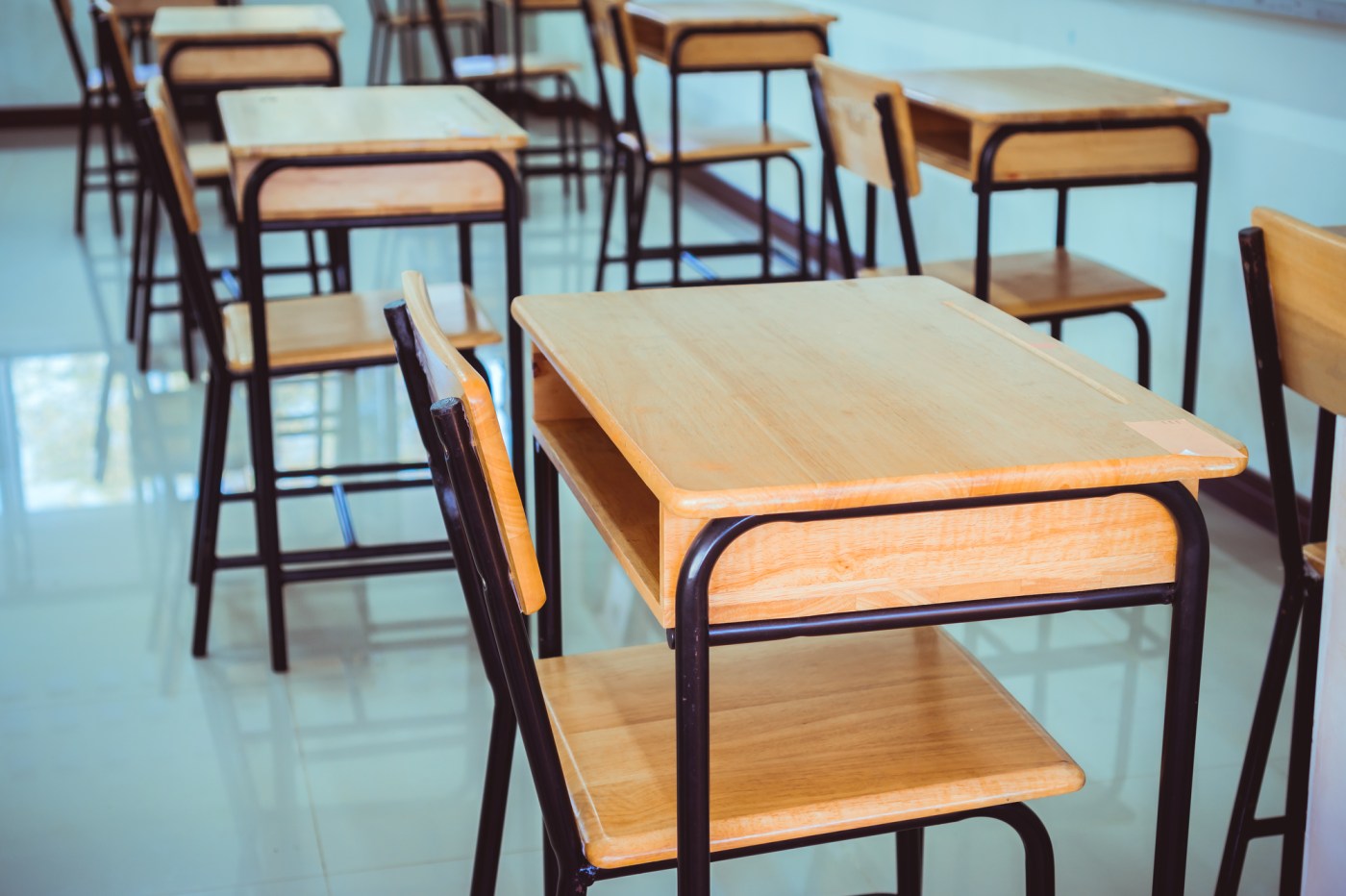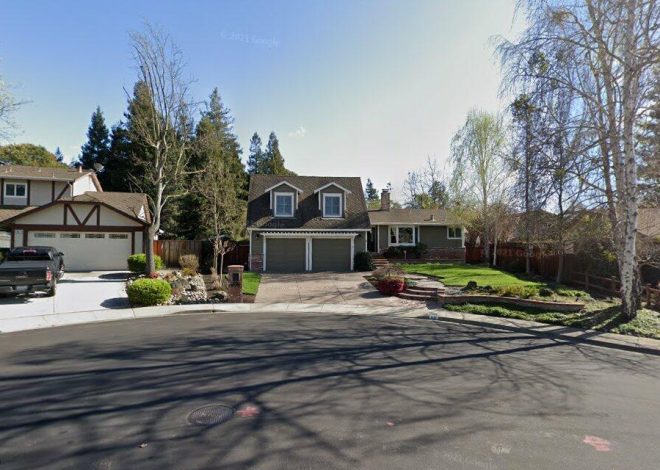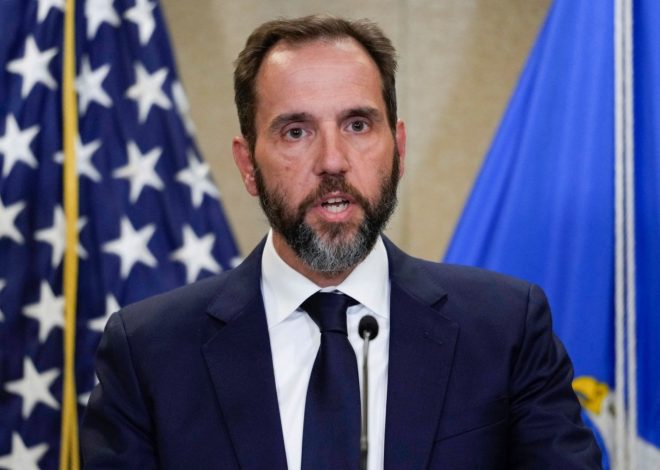
Billions in Bay Area school bond funding sought on Nov. 5 ballot, but are voters tired of paying the bills?
This November, voters across the Bay Area will consider dozens of school bond measures that would fund everything from upgraded classrooms and facilities to affordable housing for teachers and staff.
Proposition 2, a statewide $10 billion bond for such improvements, will also appear on the November ballot, but local school districts say it’s not enough to fund the renovations schools desperately need. If approved by voters, Proposition 2 funds would be distributed to schools through matching grants based on what local school districts raise on their own, often through local, property tax-based bond measures.
Voters will also consider dozens of parcel tax measures, which would fund educator and staff salaries and science, technology, engineering, arts and math programs.
Whether voters already rattled by the high cost of living in the Bay Area are willing to shell out more money to keep their local schools afloat remains to be seen, but polling suggests many stand a chance.
Schools across the Bay Area have faced scrutiny over poor infrastructure and health and safety hazards in recent months, including in the West Contra Costa Unified School District, where a group of parents, staff and educators described dangerous building conditions and environmental hazards in a lawsuit, and in Oakland Unified School District, which outraged community members when it revealed findings of dangerous levels of lead in school drinking water.
San Jose Unified School District is among more than two dozen Bay Area districts putting local bond measures on the ballot. In July, the district’s board of education approved a $1.15 billion bond measure — Measure R — that would be used to upgrade school facilities, including at Abraham Lincoln High and John Muir Middle School and provide employee housing. The measure needs support from 55% of local voters to pass.
The bond would cost taxpayers about $81 million annually for about 30 years, through an average annual tax rate of $60 per $100,000 of assessed property value. That would be $840 a year on a home valued at the city’s average of about $1.4 million.
Seth Reddy, the district’s chief business officer, said the district plans to apply for Proposition 2’s funds to maximize the number of improvements the district can complete, should the statewide measure pass. The district has nearly $1.4 billion in campus needs, which is much greater than the funding the district would receive under Proposition 2.
If approved by voters, the local bond’s $1.15 billion funds would be used to replace and update campus safety systems, update classroom technology and infrastructure, repair old electrical systems and provide affordable housing for teachers and staff. The money would also be used to construct and repair athletic facilities and install turf fields and electric vehicle charging stations.
Supporters of the measure — including the president of the San Jose Teachers Association, Renata Sanchez — contend the funds are necessary to keep schools functioning and safe, as well as update classrooms and labs to help students prepare for college and future careers. Supporters also say the creation of teacher housing would help retain and recruit educators, especially in an area with a high cost of living.
“Teachers and school staff are leaving our community to teach in places with more affordable housing and lower cost of living,” supporters of the measure said in a ballot measure argument filed with the county. “If we don’t find a long-term solution to teacher retention now, San Jose will no longer be attractive to experienced teachers or professional staff and our kids’ education will suffer.”
But opponents — including president of the Silicon Valley Taxpayers Association, Mark W.A. Hinkle, and chair of the Libertarian Party of Santa Clara County, Joe Dehn — contend proponents of the measure want to upgrade the district’s facilities — and spend $49,671 per student — in a period of declining enrollment and poor academic performance.
According to the California School Dashboard, where the state posts school metrics, while San Jose Unified students were slightly below the state testing standard for English Language Arts in 2023, students were well below the standard in math.
Other districts with similar bond measures include Campbell Union High School District, which has a $474 million bond on the ballot, and Fremont Unified School District, which has a $919 million general obligation bond — Measure M.
Fremont Unified said the district has $2.6 billion in needed facilities projects and plans to apply for the state’s Proposition 2 funds if it is approved by voters.
“Whether or not Measure M is approved by voters, the district’s needs will remain,” said the district’s spokesperson, Laura Forrest.
A spring Public Policy Institute of California survey of Californians found that 50% of likely voters would support a local school construction bond — which requires 55% of the vote to pass. Overall support for local bonds was about 55%, a slight decline from the institute’s June 2023 survey, which had about 62% overall support for such measures.
Mark Baldassare, the nonpartisan organization’s statewide survey director, said voters’ apparent appetite for local and state facilities bonds could reflect that voters have been hearing “all year” about the state’s dire budget deficit.
Related Articles
Prop 5 would make it easier to pass Bay Area spending bills for housing, transit
PRO/CON: Is Prop. 35 the best way to help fund the Medi-Cal program?
Opinion: Proposition 35 harms the very communities it promises to help
Opinion: Prop. 35 will help ensure better health care for more Californians
Letters: Yes on Prop. 4 | San Ramon schools | Beach access | Smoke-free protections | Foster care fix | Centering humans
“There may be a sense that funds are needed,” he said.
But Baldassare said when it comes to the likelihood of passing multimillion-dollar school bonds, it’s up to school districts to convince voters of the pressing need, especially with two $10 billion bonds — Proposition 2 and the climate bond, Proposition 4 — on the ballot.
“That’s $20 billion altogether before they get down to the part of their ballot which will involve what their local districts want,” Baldassare said. “The burden of proof is really on the local districts to explain to voters that this additional money is needed, that the money they’re seeing in Proposition 2 is not going to cover the needs that the school has in mind in terms of money.”


